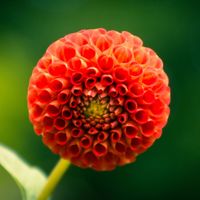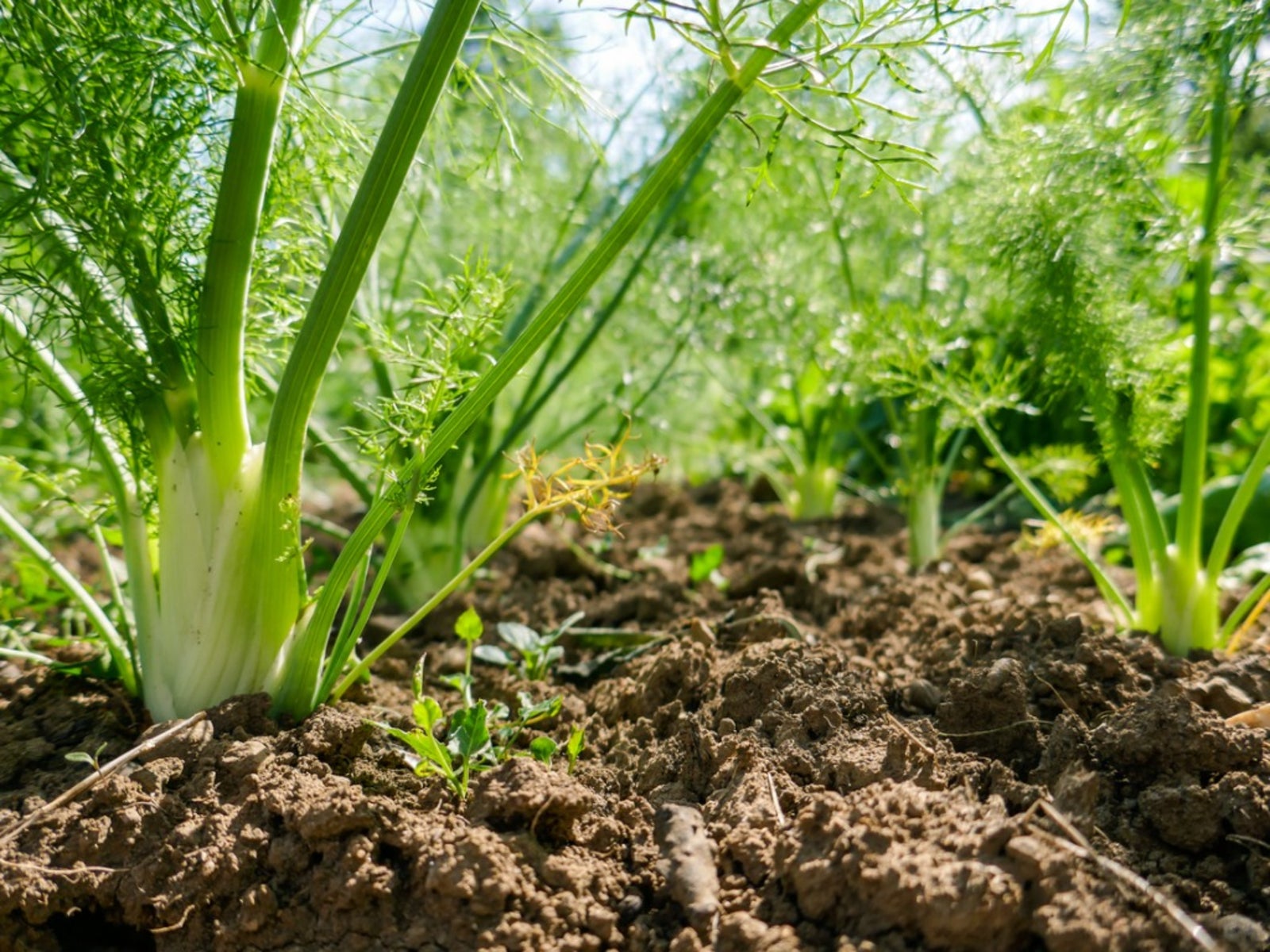Planting Fennel - How To Grow Fennel Herb


The fennel herb (Foeniculum vulgare) has a long and varied history of use. The Egyptians and the Chinese used it strictly for medicinal purposes and their lore was brought back to Europe by early traders. During the Middle Ages, it was believed to hold magical qualities and people hung fennel plants over their doors to drive away evil spirits.
Eventually, someone recognized its use as a flavoring for eggs and fish. Today, its crisp anise flavor makes it a favorite of cooks everywhere. Native to southern Europe, the fennel herb is now naturalized throughout Europe, North America, and Australia and grown in gardens all over the world.
Planting Fennel
You'll find two methods of propagation when researching how to grow fennel. Plants may be divided, but this isn't as easy as it is with other garden plants and often proves unsatisfactory. This is because fennel has a long tap root that doesn't like to be divided or moved.
Planting fennel by seed is the much easier option. Seed can be sown as soon as the soil warms in the spring. Soaking your seeds for a day or two before sowing will ensure better germination. Keep the area moist until the seeds sprout and thin the fennel plants to 12 to 18 inches (31-46 cm.) apart when they are 4 to 6 inches (10-15 cm.) tall. Plants will begin flowering about 90 days after planting.
Growing Fennel
The steps for how to grow fennel are fairly simple since the fennel herb is such an agreeable garden plant. It belongs to the carrot and parsley family and is a cousin to other herbs such as caraway, dill, and cumin. Like these other herbs, fennel plants produce aromatic fruits which are commonly, though incorrectly, referred to as seeds.
When growing fennel, choose a sunny location in the back of a well-drained bed. The fine textured foliage can grow up to 6 feet (2 m.) tall and makes an excellent backdrop for other flower planting.
Fennel is a short-lived perennial that blooms best in the second year. It readily re-seeds and while not considered invasive, it has certainly earned its reputation for aggressive growing.
Sign up for the Gardening Know How newsletter today and receive a free copy of our e-book "How to Grow Delicious Tomatoes".
Fennel can be cut back early in the season to encourage bushier growth and should be deadheaded for seed harvest and to prevent overseeding of new plants. Harvest and dry seeds as the flower heads fade.
There's only one restriction on how to grow fennel: don't plant it near dill. Cross pollination results in strangely flavored seeds for both plants!
Once established, fennel herb doesn't need much care. It prefers acidic soil, appreciates the occasional dose of mild fertilizer, and a little additional water if the weather is hot and dry.
In addition to its kitchen contributions, planting fennel will attract beneficial insects to the garden and its leaves are a favorite with the caterpillars of the swallowtail butterfly.
Whether grown for its culinary value or strictly as on ornamental, growing fennel herb will be an easy and attractive addition to your garden.

Jackie Rhoades began writing for Gardening Know How in 2010.